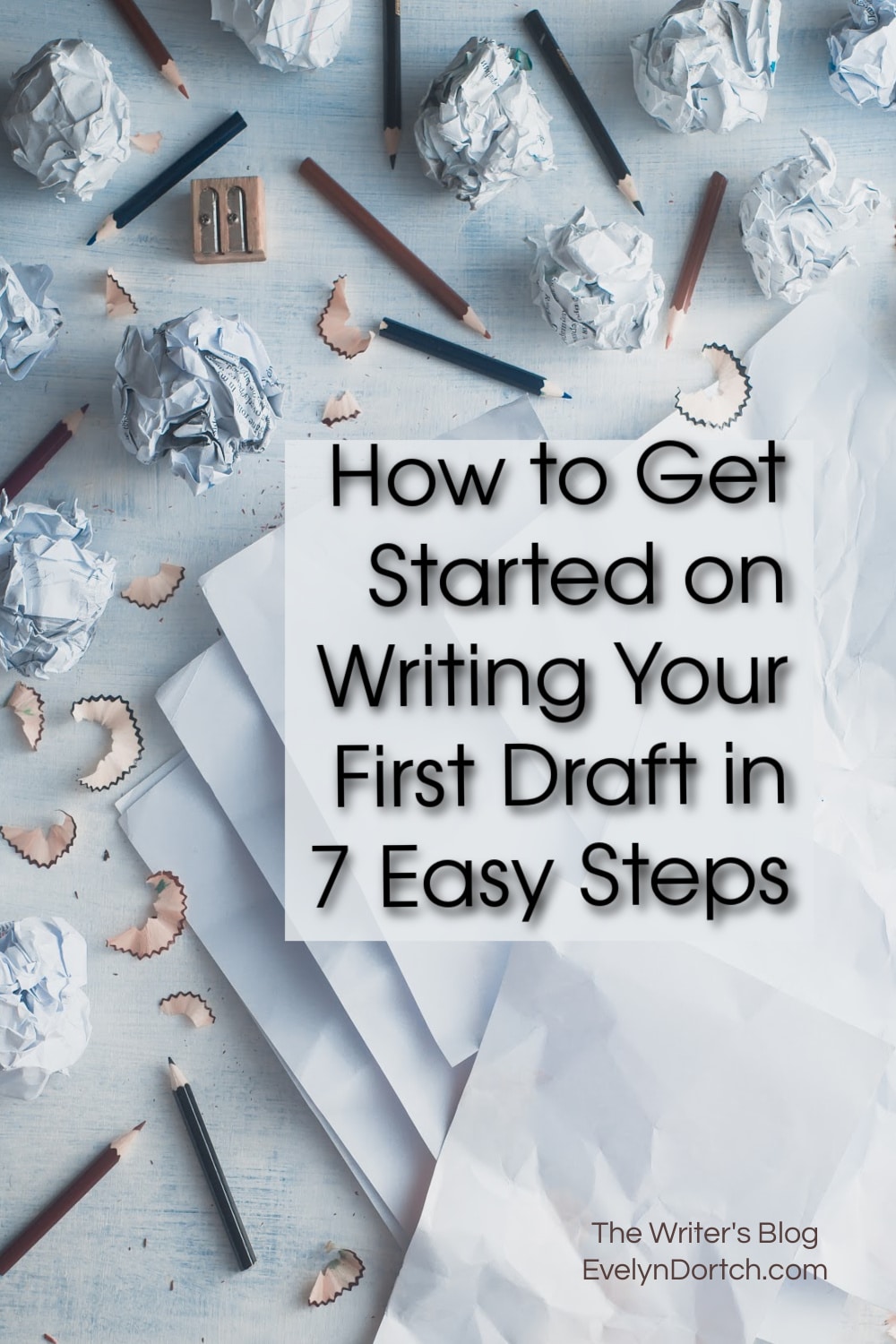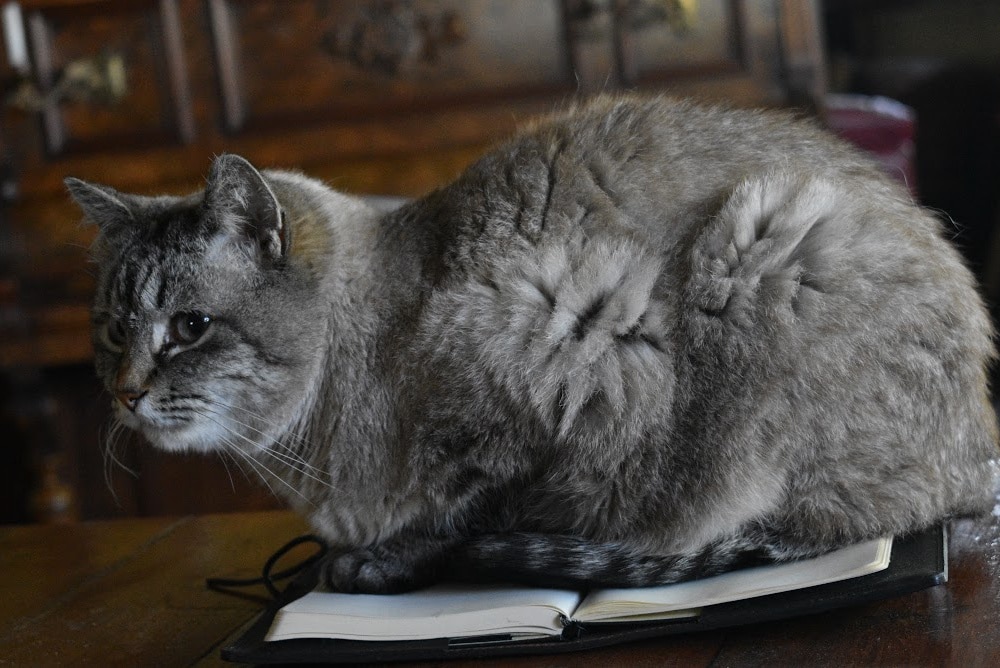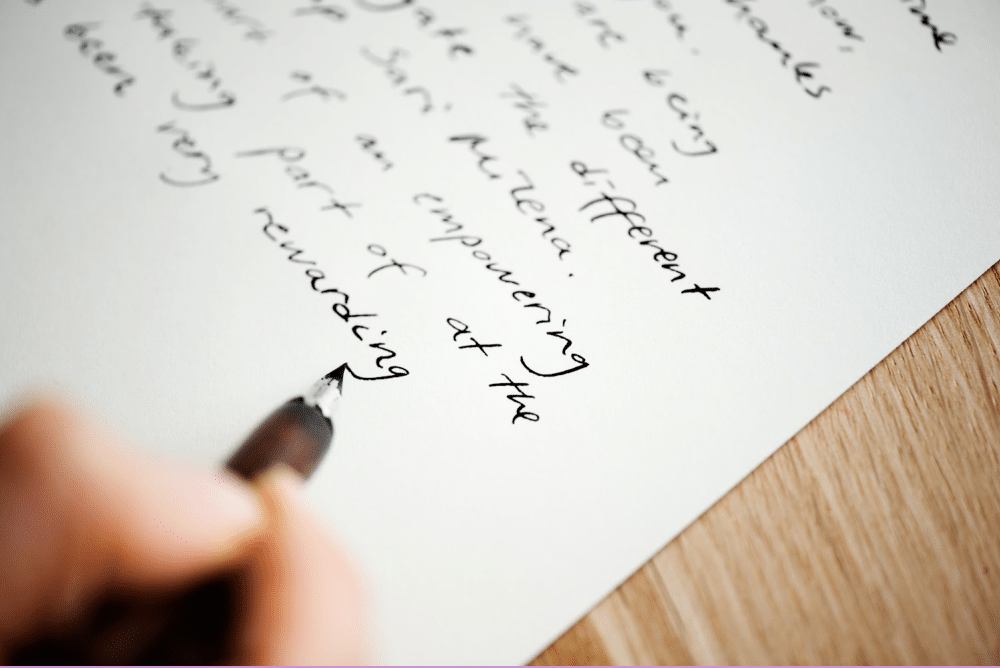Writing your first draft is a thrilling yet daunting step in the creative process. It’s where your ideas take their first tentative steps from imagination to reality. For many writers, this stage feels like standing at the edge of a blank page, unsure of where to begin. The good news? You don’t have to start perfectly—you just have to start.
At this stage, it’s essential to let go of the pressure to create a masterpiece right away. A first draft is not about perfection; it’s about progress. It’s a sandbox where you can explore, experiment, and build the foundation of your story. Remember, every great book began as a rough draft, filled with ideas that needed time and care to grow into something extraordinary.
Why Writing Your First Draft Feels Overwhelming
Starting a story is often the most challenging part of the writing process. Staring at a blank page can feel overwhelming, but every writer faces this moment when they must transform an idea into something tangible. Writing your first draft doesn’t have to be intimidating, though. By following a few simple steps, you can start your creative journey with confidence and clarity.
1. Break the Process into Manageable Stages
The key to beginning is to simplify the process. Writing your first draft is a big task, but breaking it into smaller, more manageable steps can make it feel less daunting. Start with these:
Define Your Idea: Write your story idea in one sentence. For example, “A young woman discovers she has magical powers and must use them to save her village.” This helps you clarify the essence of your story.
Brainstorm Core Elements: Jot down basic details about your characters, setting, and central conflict. These don’t have to be fully fleshed out yet.
Choose One Element to Explore: Focus on developing one key aspect of your story. This could be the protagonist’s backstory, the world’s history, or the antagonist’s motives.
By breaking the task into these smaller pieces, you’ll create a foundation for writing your first draft without feeling overwhelmed.

2. Brainstorm Key Elements
Brainstorming is one of the most enjoyable parts of writing your first draft. This is where you can let your imagination roam freely and explore the core components of your story. Consider the following:
Who Are Your Characters?
Think about your protagonist, their goals, and what’s standing in their way. Who are the supporting characters, and how do they interact with the main storyline?
Where Does the Story Take Place?
Whether it’s a cozy small town or an expansive sci-fi universe, your setting should enrich the narrative.
What’s the Central Conflict?
This is the heart of your story—the problem your characters must solve or the challenges they need to overcome.
Keep a notebook handy to capture your ideas, even if they seem unrelated. Sometimes, a random thought can become a pivotal part of writing your first draft.
3. Create a Loose Outline
An outline doesn’t have to be detailed or restrictive. Think of it as a guide to keep you on track as you begin writing your first draft. Start by outlining three key parts of your story:
Beginning: How does your story start? Introduce your characters and establish the world.
Middle: What events propel the plot forward? Identify major turning points.
End: How does the story resolve? Even if it’s unclear now, having a general idea can help shape your direction.
Remember, the outline is flexible. As you dive into writing your first draft, you’ll likely discover new ideas and paths you want to explore.
4. Embrace the Messy Process
One of the biggest hurdles in writing your first draft is the fear of imperfection. Let go of the need to make everything perfect right away. The first draft is meant to be messy—it’s about getting your ideas on the page. Revisions come later.
Tips to Embrace the Process
Set a Timer: Write for 15 minutes without stopping. This encourages you to focus on producing words rather than worrying about their quality.
Ignore Grammar and Spelling: You’ll fix these in the editing stage. Right now, your goal is to build momentum.
Celebrate Progress: Every word you write is a step closer to completing your story.
Remember, writing your first draft is like building a sandcastle. The real sculpting happens later, but first, you need the sand.

5. Build Momentum
Consistency is key when writing your first draft. Schedule regular writing sessions, even if they’re short. Writing for 15 minutes a day or dedicating an hour each weekend can make a significant difference over time.
How to Maintain Momentum
Create a Routine: Write at the same time every day to establish a habit.
Find Your Space: Choose a comfortable and inspiring spot where you can focus.
Set Small Goals: Aim to write 500 words per session or complete a specific scene. Small wins add up quickly.
As you develop a rhythm, writing your first draft will feel less like a chore and more like an adventure.
6. Overcome Writer’s Block
Writer’s block is a common obstacle, but it doesn’t have to derail your progress. When you hit a wall, try these strategies:
Strategies to Break Through
Skip Ahead: If you’re stuck on one scene, move to another part of the story.
Write a Letter to Your Characters: Explore their thoughts and feelings to gain new insights.
Change Your Environment: A fresh perspective, like writing outside or in a coffee shop, can spark creativity.
Writer’s block is just a temporary pause, not a permanent stop. Keep reminding yourself of your goal: completing the exciting journey of writing your first draft.
7. Seek Inspiration
Inspiration can strike from unexpected places. Reading books, watching movies, or even taking a walk can trigger new ideas. Surround yourself with creative energy to keep the fire burning while writing your first draft.
Finding Inspiration
Read Widely: Explore genres similar to your story to learn new techniques.
Join a Writing Group: Sharing ideas with other writers can spark fresh perspectives.
Keep a Journal: Record your thoughts, dreams, and observations—these can become story elements.

Writing your first draft is an exciting and transformative process. It’s where your story begins to take shape, and every word you write brings you closer to your creative vision. Remember to break the process into manageable steps, brainstorm freely, and embrace the imperfections of the first draft.
If you’re looking for additional guidance on novel writing, don’t forget to visit then check out our post on writing your first novel. It’s packed with practical tips to help you along your writing journey.
Now, grab your favorite notebook or open your laptop and start writing your first draft. The world is waiting for your story!





This is such a great method to implement when writing. I think for me, my brain just goes everywhere, and I have so much to say. Using these methods can help me develop a better writing method and get the job done. Whew, so many days I have had writer’s block. Thank You!
Your welcome. Glad this has inspired you. We also have a post on overcoming writer’s block you might want to read.